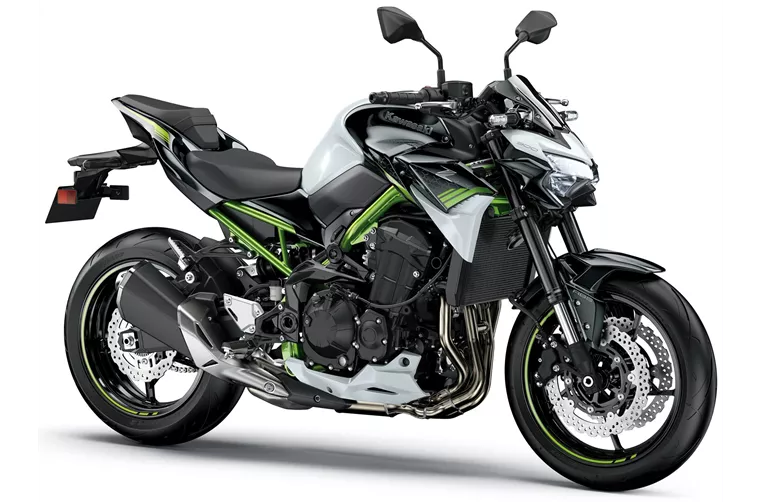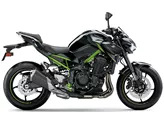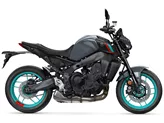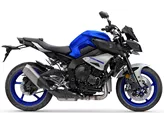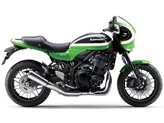Kawasaki Z900 2020 vs. Kawasaki Z1000SX 2017
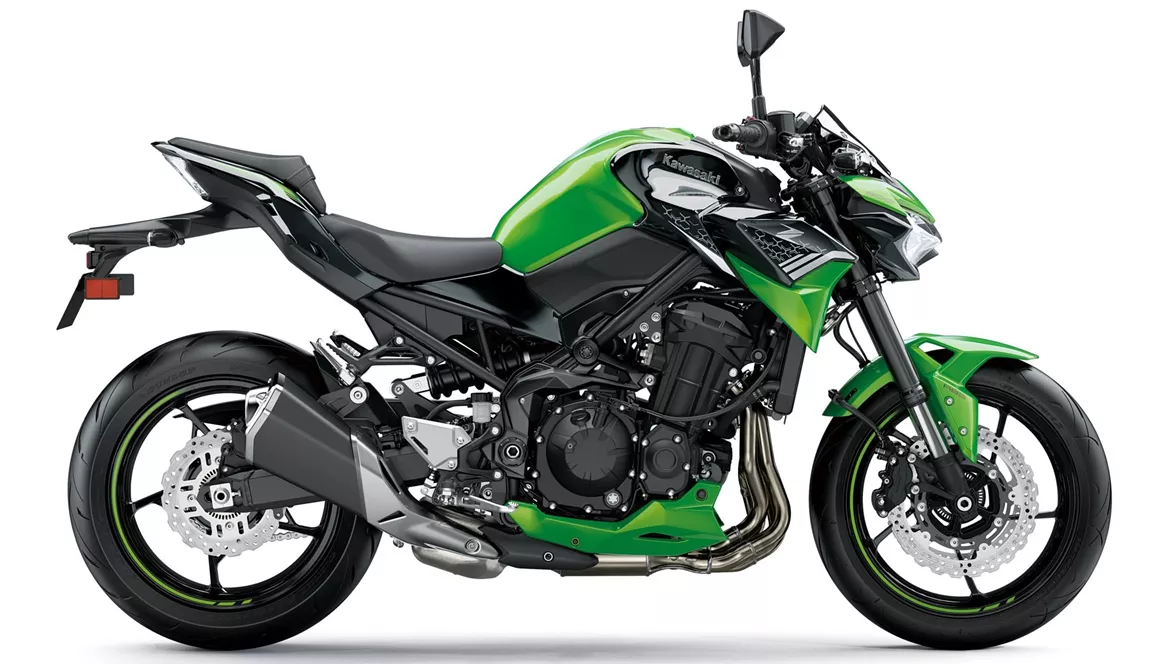
Kawasaki Z900 2020

Kawasaki Z1000SX 2017
Vue d’ensemble - Kawasaki Z900 2020 vs Kawasaki Z1000SX 2017
The Kawasaki Z900 2020 and the Kawasaki Z1000SX 2017 are both impressive motorcycles with their own unique features and strengths.
Starting with the Kawasaki Z900 2020, it is equipped with a powerful in-line four-cylinder engine that produces 125.4 HP and 98.6 Nm of torque. This engine, combined with a chain transmission and a liquid cooling system, delivers excellent performance and ensures a smooth and efficient ride. The bike also features a steel frame, which provides stability and durability.
In terms of suspension, the Z900 2020 is equipped with an upside-down telescopic fork at the front and a swing arm with a monoshock at the rear. The front suspension offers a travel of 120 mm and can be adjusted for preload and rebound. The rear suspension provides a travel of 140 mm and also has adjustable preload and rebound settings. This setup ensures a comfortable and controlled ride, even on rough roads.
The Z900 2020 is equipped with double disk brakes at the front with a diameter of 300 mm and four pistons. The brakes use petal technology, which enhances their performance and provides excellent stopping power. Additionally, the bike features advanced rider assistance systems such as ABS, riding modes, ride by wire, and traction control, which enhance safety and control.
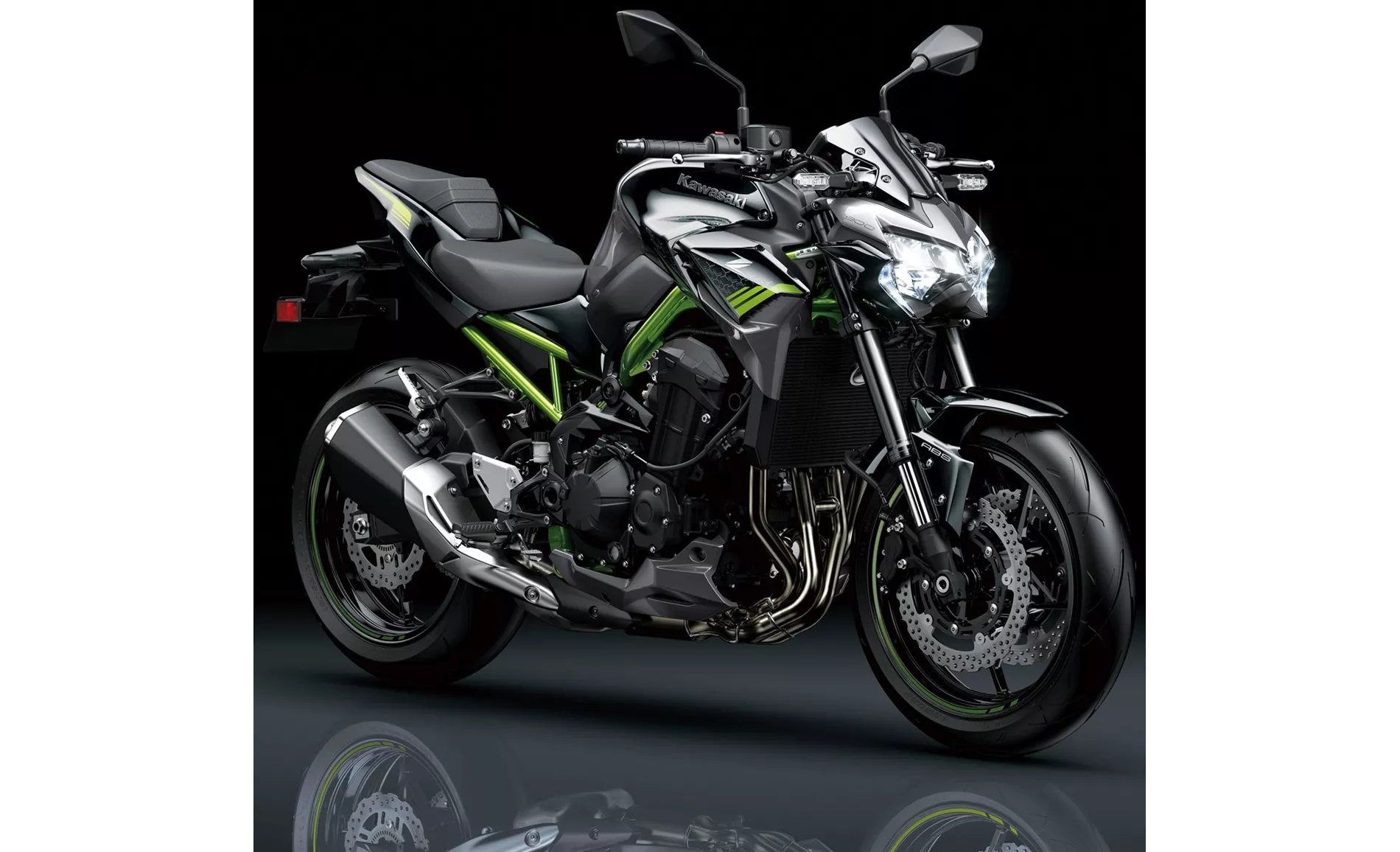
Kawasaki Z900 2020
In terms of dimensions and weights, the Z900 2020 has a front tire width of 120 mm and a diameter of 17 inches, while the rear tire has a width of 180 mm and the same diameter. The wheelbase is 1450 mm, and the seat height is 795 mm. The bike has a kerb weight of 210 kg with ABS.
Moving on to the Kawasaki Z1000SX 2017, it is also equipped with an in-line four-cylinder engine, but with a higher power output of 142 HP and torque of 111 Nm. The engine is fuel-injected and has a chain transmission, similar to the Z900 2020. It also features a liquid cooling system and a displacement of 1043 ccm.
In terms of suspension, the Z1000SX 2017 shares the same upside-down telescopic fork at the front and swing arm with a monoshock at the rear as the Z900 2020. However, the front suspension offers a travel of 120 mm and can be adjusted for compression, preload, and rebound. The rear suspension provides a travel of 144 mm and also has adjustable compression, preload, and rebound settings. This setup allows for a comfortable ride and precise handling.
The Z1000SX 2017 is equipped with double disk brakes at the front with a diameter of 300 mm and four pistons. The brakes use radial, monoblock, and petal technology, which ensures superior braking performance and control. The bike also features ABS and traction control as advanced rider assistance systems.

Kawasaki Z1000SX 2017
In terms of dimensions and weights, the Z1000SX 2017 has a front tire width of 120 mm and a diameter of 17 inches, while the rear tire has a width of 190 mm and the same diameter. The wheelbase is slightly shorter than the Z900 2020 at 1440 mm, and the seat height is slightly higher at 815 mm. The bike has a kerb weight of 235 kg with ABS.
In terms of strengths, the Z900 2020 excels in its powerful four-cylinder engine, great handling, good equipment, aggressive looks, and value for money. On the other hand, the Z1000SX 2017 is praised for its great tuned engine, strong brakes, and easy driveability combined with high performance.
However, the Z900 2020 does have a couple of weaknesses, including a somewhat tiring menu navigation and the absence of a quickshifter option. On the other hand, the Z1000SX 2017 is sensitive to tire choice, which may limit options for riders.
In conclusion, both the Kawasaki Z900 2020 and the Kawasaki Z1000SX 2017 are impressive motorcycles with their own strengths and weaknesses. The Z900 2020 offers a powerful and efficient ride, while the Z1000SX 2017 provides high performance and easy driveability. Ultimately, the choice between the two will depend on the rider's preferences and priorities.
Caractéristiques techniques Kawasaki Z900 2020 par rapport à Kawasaki Z1000SX 2017
Avantages et inconvénients en comparaison
Avantages et inconvénients en comparaison
Kawasaki Z900 2020
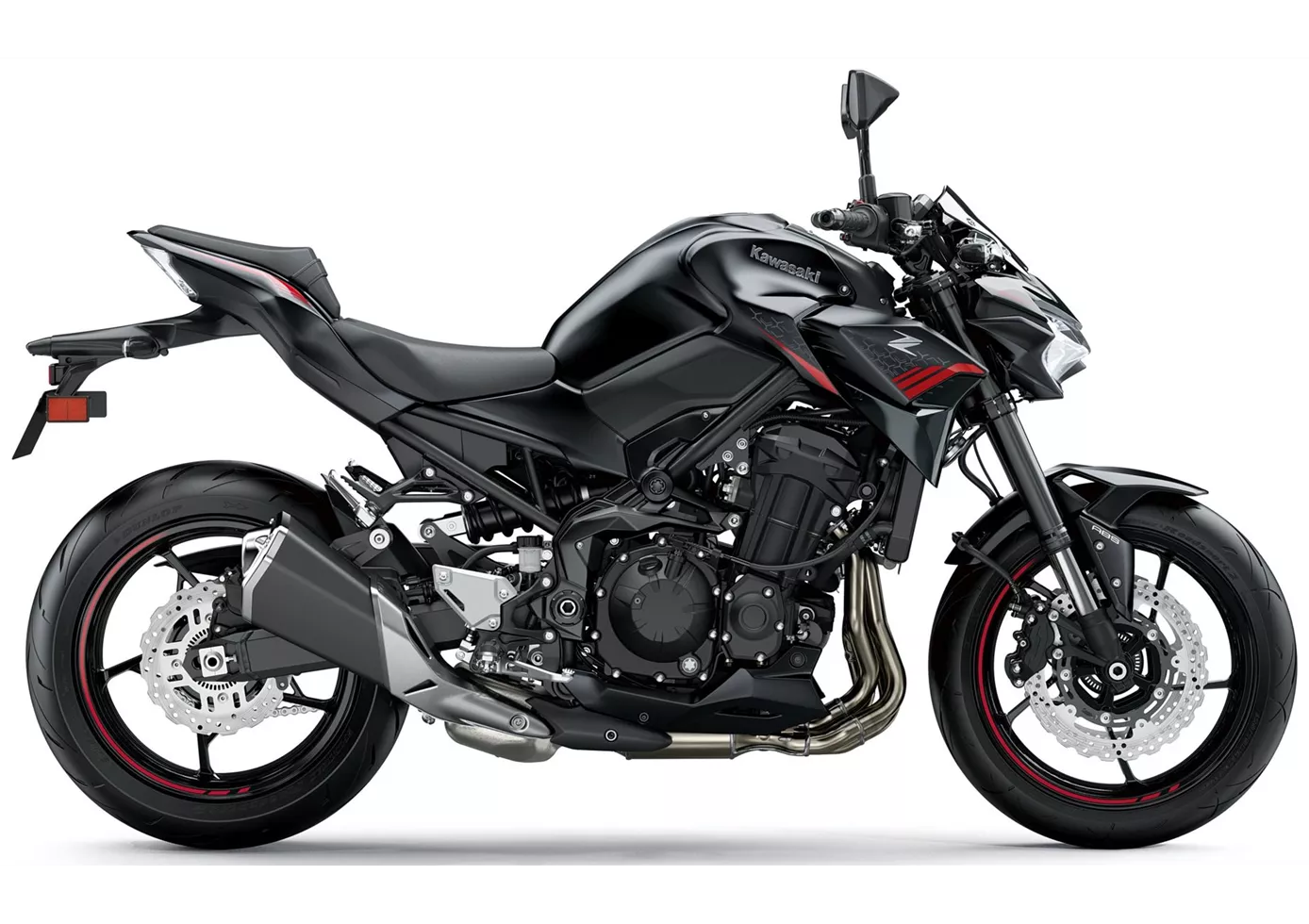
En termes de rapport qualité-prix, la Kawasaki Z900 est actuellement difficile à battre. Avec son moteur parfaitement réglé, ses composants de châssis de haute qualité et l'électronique ajoutée pour 2020, cette naked bike offre tout ce que les conducteurs sportifs recherchent. Il n'y a rien à redire, même si l'option Quickshifter aurait été un plus appréciable. En dehors de cela : un grand coup, Kawasaki !
Kawasaki Z1000SX 2017

Avec la Z1000SX, Kawasaki propose une moto harmonieuse. Les freins, le moteur et le châssis sont lourdement en ordre. Le look est un peu agressif, mais la moto est facile à conduire et transparente.
Comparaison des prix Prix moyen du marché Kawasaki Z900 vs Kawasaki Z1000SX
There are a few key differences between a Kawasaki Z900 2020 and a Kawasaki Z1000SX 2017. There are the same number of bikes of both models available on the 1000PS.de marketplace, specifically 34. It takes less time to sell a Kawasaki Z1000SX with 103 days compared to 124 days for the Kawasaki Z900. Since model year 2017 1000PS.de editors have written 46 reviews for the Kawasaki Z900 and 14 reviews for the Kawasaki Z1000SX since model year 2011. The first review for the Kawasaki Z900 was published on 11/11/2016 and now has more than 93,200 views. This compares to more than 9,900 views for the first review on Kawasaki Z1000SX published on 10/5/2010.
